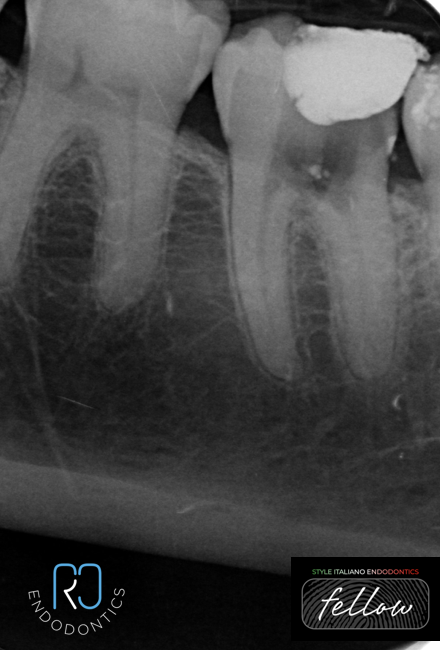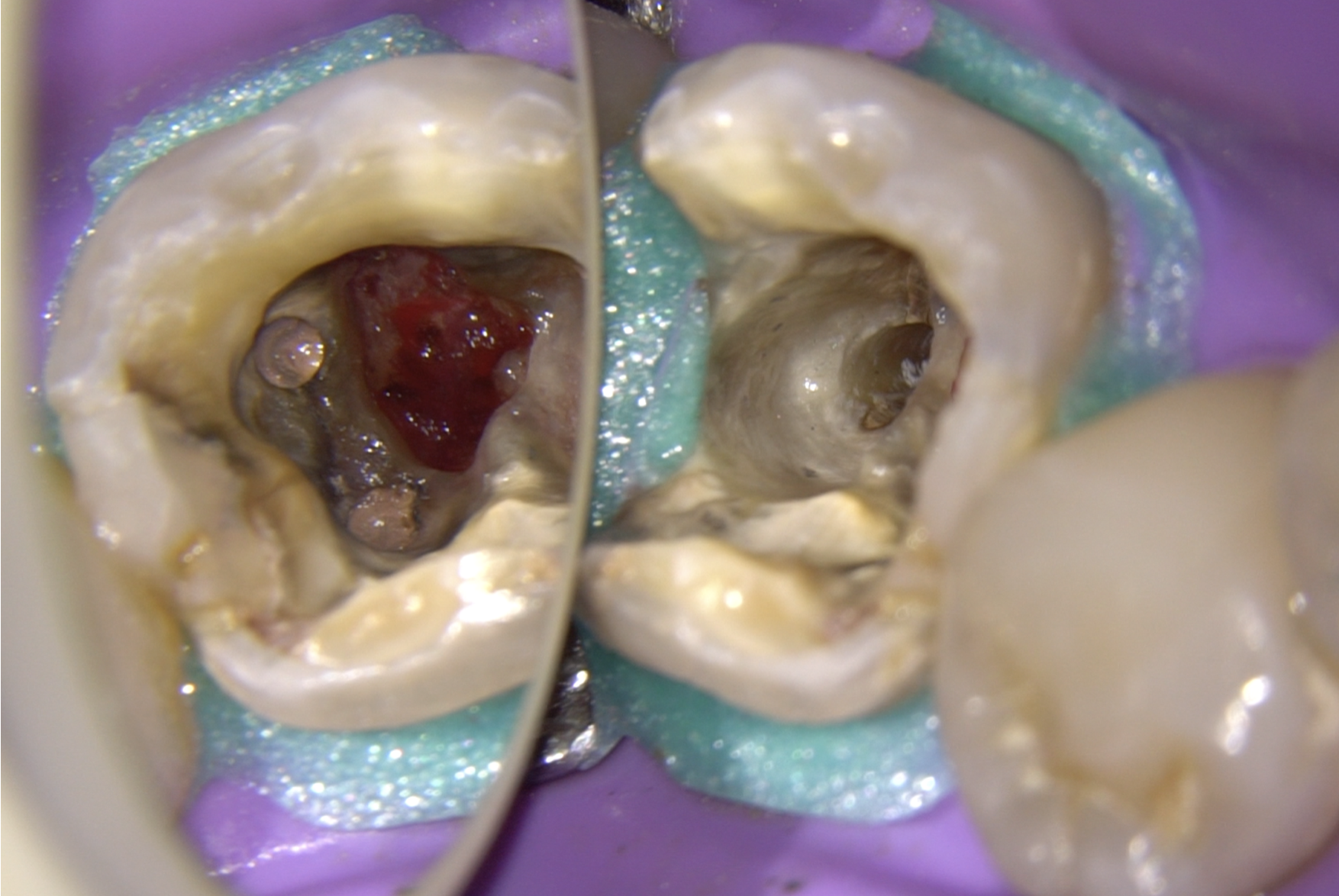
The Internal Isolation Technique: simplifying coronal perforation repair
26/12/2024
Fellow
Warning: Undefined variable $post in /var/www/vhosts/styleitaliano-endodontics.org/endodontics.styleitaliano.org/wp-content/plugins/oxygen/component-framework/components/classes/code-block.class.php(133) : eval()'d code on line 2
Warning: Attempt to read property "ID" on null in /var/www/vhosts/styleitaliano-endodontics.org/endodontics.styleitaliano.org/wp-content/plugins/oxygen/component-framework/components/classes/code-block.class.php(133) : eval()'d code on line 2
Communications between the root canal system and the external tooth surface are referred to as perforations and are a common complication in endodontic procedures. MTA is considered the gold standard for perforation repair management, but recently, many MTA-like products, called hydraulic cements or "bioceramics," have become available on the market. These products share similar characteristics with MTA but offer better handling and shorter setting times.
To complete the root canal treatment, the perforation must be closed, which typically involves an initial appointment to seal the lesion and a second appointment to perform the endodontic treatment.
The Internal Isolation Technique (I.I.T.) allows perforation repair and root canal treatment to be completed in a single session by placing a fast-setting, putty-like hydraulic cement and covering it with a liquid dam during the shaping, cleaning, and obturation of the canals. The liquid dam is then removed, and the hardening of the material is checked.
Thanks to its fast setting, the bioceramic material will be fully set by the end of the root canal treatment, allowing the entire procedure to be completed in a single visit.

Fig. 1
A dentist attempted a root canal treatment on tooth 37; however, a perforation occurred while searching for the root canal orifices.
The patient was then referred to me for management of this tooth.

Fig. 2
The perforation was sealed with a putty-like hydraulic cement and covered with a liquid dam.
The liquid dam prevented the material from being washed out by the endodontic irrigants, allowing the completion of the root canal treatment.

Fig. 3
Once the root canal system was shaped, cleaned, and obturated, the liquid dam was removed with an excavator, revealing a set hydraulic cement.

Fig. 4
After the root canal treatment, the tooth can be restored in the same session with composite

Fig. 5
The follow-up appointments showed the absence of pathosis and a functional tooth. Cuspal coverage was recommended to provide better protection against cracks and improve the contact point; however, the patient has not yet received the final restoration.

Fig. 6
About the author:
Dr Roberto Careddu
I was born in Sardinia (Italy) and I graduated with Honors from the University of Cagliari (Italy). My endodontic journey started with a Master in Clinical Endodontics and continued with courses and univeristy programs in different countries. I recently completed my PhD at Trinity College of Dublin.
I live in Dublin, where I work as Endodontist in private practice and I am Clinical Supervisor in the Dublin Dental University Hospital.
I have authored scientific articles and I serve as an international conference speaker.
I am Member of the Faculty of Dental Surgery of the Royal College of Surgeons of Ireland, Member of the Committee of the Irish Endodontic Society (IES) and the Irish representing for the European Society of Endodontology (ESE).
Conclusions
The Internal Isolation Technique allows for the completion of root canal treatment in a single appointment, even in cases of pulp chamber perforation. This offers significant advantages for both the patient, who only needs to visit the clinic once, and the dentist, who can save valuable chair time.
Bibliography
Careddu R, Khaled A,& Duncan H. (2024). Single Visit Internal Perforation Repair Using a Novel HCSC and an Internal Isolation Technique: A Case Series. 7-14. 10.36347/sjds.2024.v11i02.001.
Pinheiro LS, Kopper PMP, Quintana RM, Scarparo RK, Grecca FS. Does MTA provide a more favourable histological response than other materials in the repair of furcal perforations? A systematic review. Int Endod J. 2021;54(12):2195-2218. doi:10.1111/iej.13617
Torabinejad M, Parirokh M, Dummer PMH. Mineral trioxide aggregate and other bioactive endodontic cements: an updated overview – part II: other clinical applications and complications. Int Endod J. 2018;51(3):284-317. doi:10.1111/iej.12843



